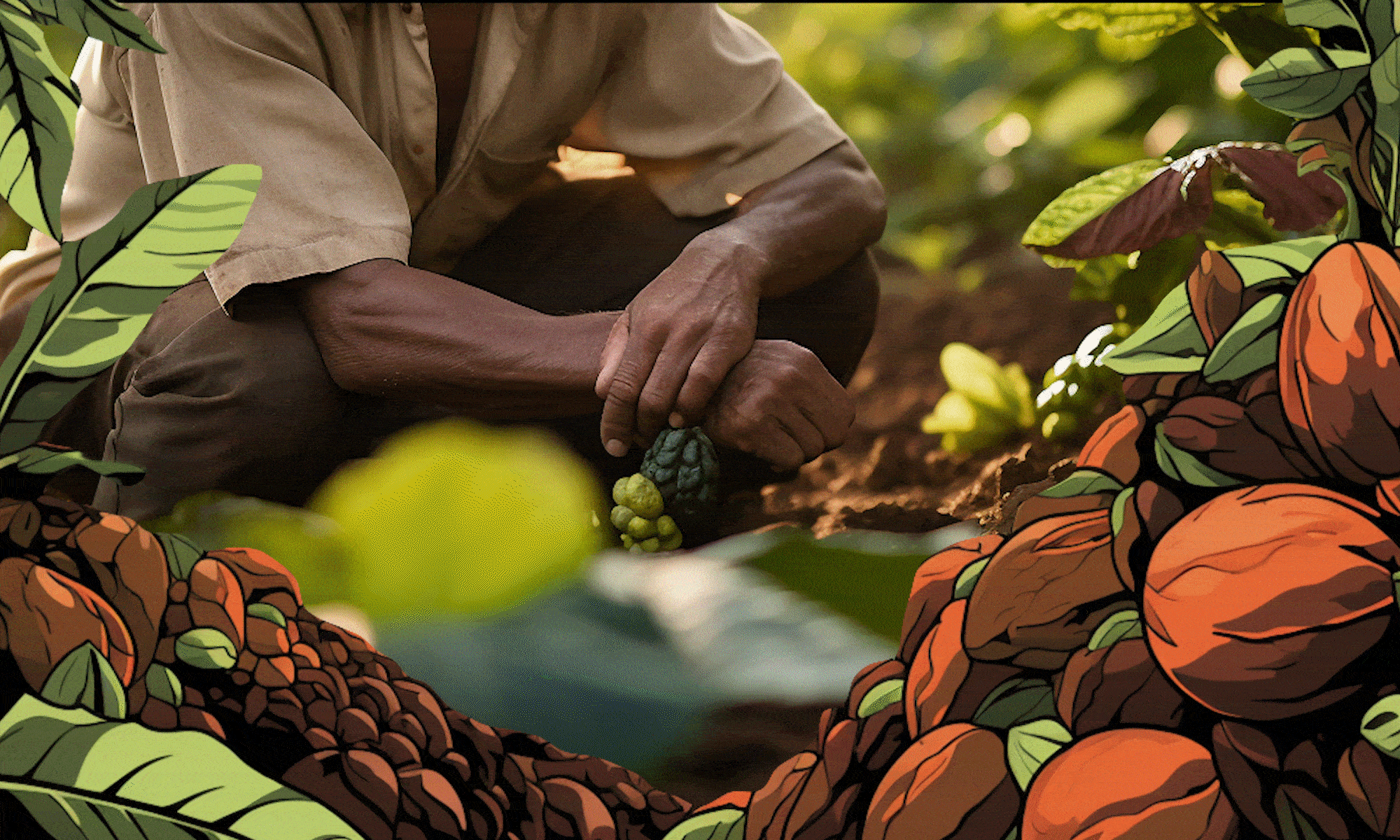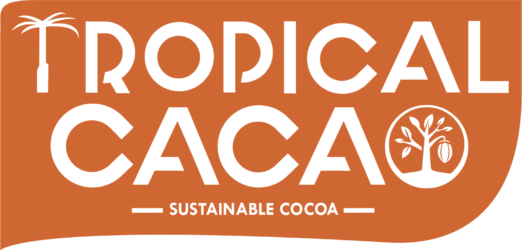Cacao farming, the heart of the chocolate industry, is at a crossroads. Farmers are grappling with the pressures of climate change, low yields, and the growing demand for high-quality beans. While the challenges are significant, they are also sparking a wave of innovation that promises to transform the way cacao is grown, harvested, and processed. Let’s explore some of the key changes that are shaping the future of cacao farming and how these innovations are benefiting farmers and consumers alike.
Sustainable Farming Practices
Traditionally, cacao farming has been synonymous with practices that can deplete the land over time. However, a new generation of farmers is embracing sustainable techniques that focus on soil health, biodiversity, and long-term environmental stewardship. Agroforestry, for example, involves growing cacao alongside other plants and trees, creating a more resilient ecosystem. This method not only improves biodiversity but also provides farmers with additional sources of income by allowing them to grow complementary crops such as bananas, coconuts, or even timber.
In addition to agroforestry, many cacao farmers are turning to organic farming methods. By reducing their reliance on harmful chemicals and pesticides, they can improve the quality of their crops, protect local wildlife, and avoid the harmful side effects of conventional farming. These practices also align with consumer demand for ethical, organic products, creating a win-win situation for both farmers and chocolate lovers.
Technology for Smarter Farming
The idea of technology on cacao farms might seem futuristic, but the reality is that it’s already making a difference. Precision agriculture, which uses data-driven tools to optimize farming practices, is becoming more accessible. Farmers are now using sensors to measure soil moisture, drones to monitor plant health, and even weather data to predict the best times to plant or harvest. These tools allow farmers to make informed decisions, ensuring that resources like water and fertilizer are used efficiently. The result? Higher yields, reduced waste, and lower costs.
Another exciting advancement is the use of mobile technology. Many farmers in cacao-producing regions, especially in countries like Ecuador and Ghana, are now able to use smartphones to access real-time market data, weather forecasts, and farming tips. These mobile apps are leveling the playing field by giving smallholder farmers access to the same information that larger, industrial farms use. As a result, they can make better decisions about crop management, improve their productivity, and increase their profitability.
Disease-Resistant Varieties
One of the biggest threats to cacao farming is disease. Cacao trees are susceptible to a variety of diseases, including cacao swollen shoot virus and black pod disease, which can devastate entire crops. To combat this, researchers are developing disease-resistant cacao varieties. These new strains of cacao are more resilient to common pests and diseases, reducing the need for harmful pesticides and making it easier for farmers to maintain healthy crops.
The introduction of disease-resistant varieties also allows farmers to grow cacao in regions that were previously unsuitable due to disease risks. This opens up new opportunities for cacao production, particularly in areas affected by climate change where the traditional cacao-growing regions may no longer be viable.
Fair Trade and Ethical Sourcing
As consumers become more conscious about the origins of their products, fair trade and ethical sourcing have become increasingly important in the cacao industry. Fair trade certification ensures that farmers are paid a fair price for their beans, which helps lift them out of poverty and enables them to invest in better farming practices and community development.
Many companies are also embracing direct trade models, where they build relationships directly with farmers, bypassing traditional middlemen. This not only guarantees that farmers receive a fair price for their beans but also helps ensure transparency throughout the supply chain. Consumers are becoming more interested in knowing the journey their chocolate takes from farm to bar, and ethical sourcing provides them with that transparency.
The Role of Cacao in Combatting Climate Change
While cacao farming contributes to climate change, it also has the potential to help combat it. The carbon footprint of cacao farming is relatively low compared to other agricultural industries, and the practice of agroforestry, in particular, can play a role in sequestering carbon. By planting cacao alongside trees that naturally absorb carbon dioxide, farmers can contribute to the restoration of damaged ecosystems while continuing to produce a valuable crop.
Additionally, as consumers seek out sustainably sourced cacao, there is an opportunity to drive demand for products that contribute to climate-positive farming. In the long run, cacao farming could become part of the solution to global environmental challenges, as long as the industry continues to prioritize sustainability and environmental responsibility.
Looking Ahead: A Bright Future for Cacao
The future of cacao farming is undeniably exciting. From improved farming practices to the use of technology and disease-resistant crops, the innovations taking place in the cacao industry are helping to create a more sustainable and profitable future for farmers. As the industry continues to evolve, it’s essential that we support these advancements to ensure that cacao production can meet the growing global demand while also protecting the planet.
At Tropical Cacao, we’re committed to staying at the forefront of these changes. Whether it’s embracing new farming techniques, supporting fair trade practices, or experimenting with new cacao varieties, we believe in the power of innovation to shape a better future for the cacao industry and the communities that depend on it.
Cacao is more than just the key ingredient in chocolate; it’s a crop with the potential to change the world for the better. By supporting innovation and sustainable practices, we can all play a part in making that future a reality.

